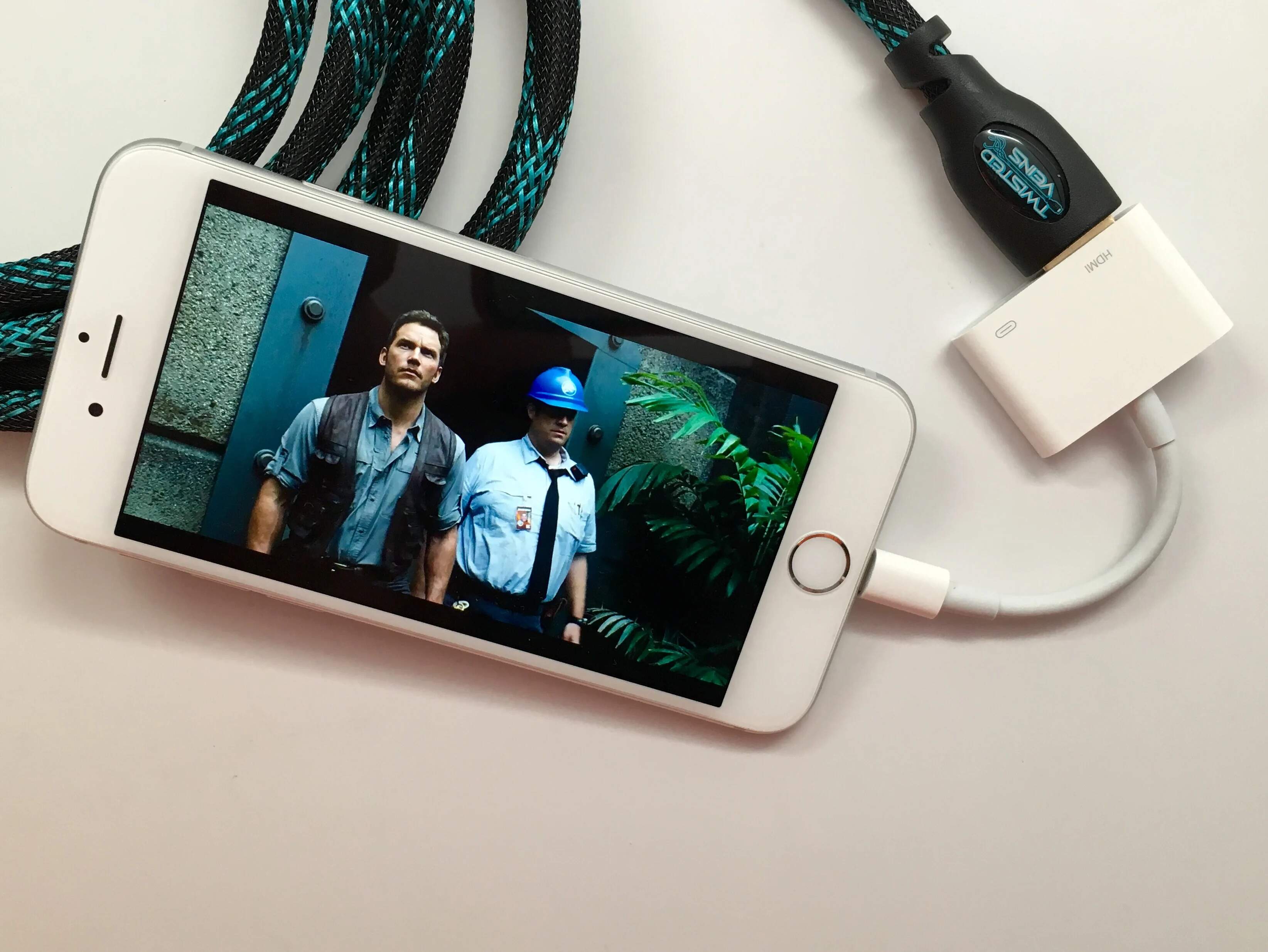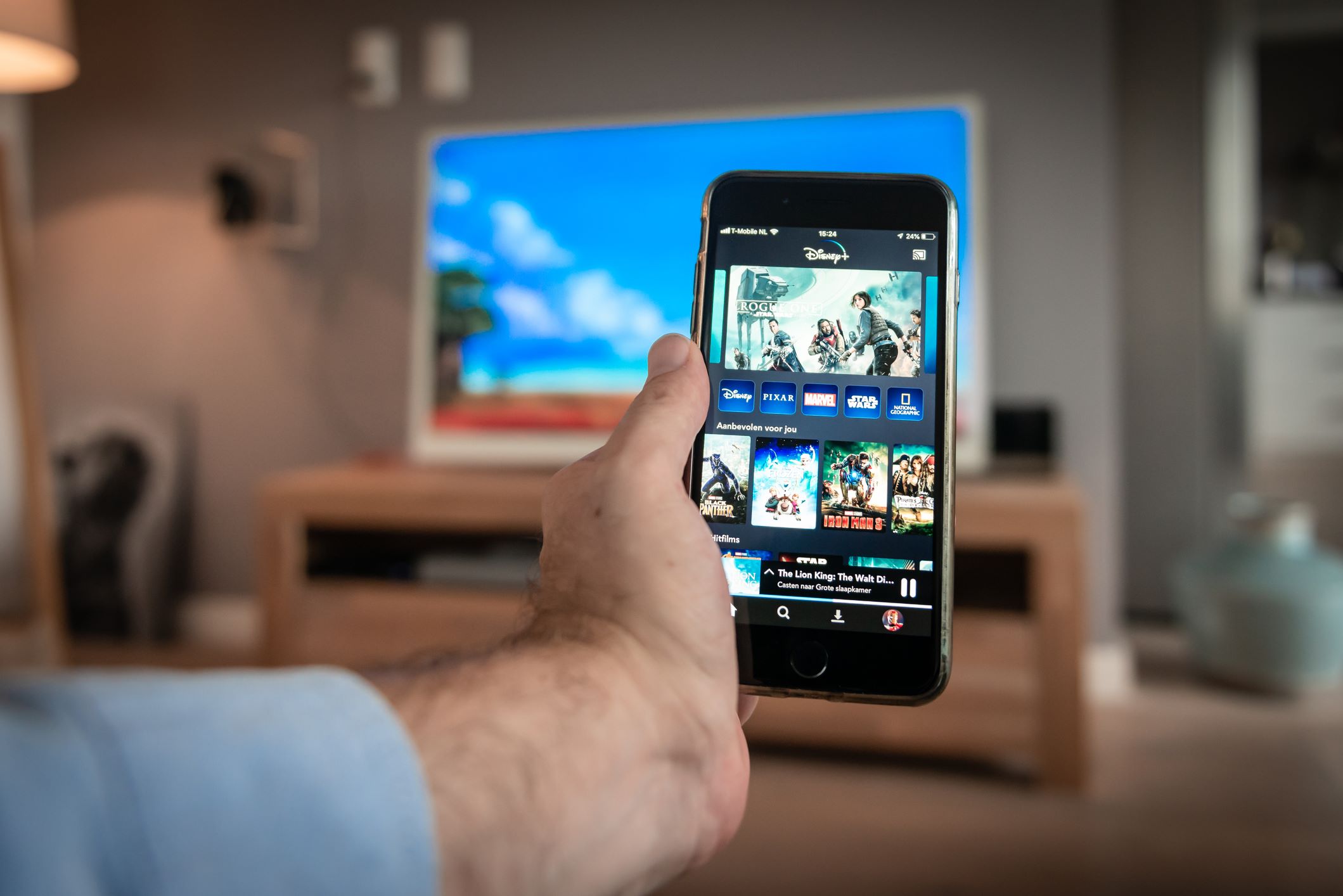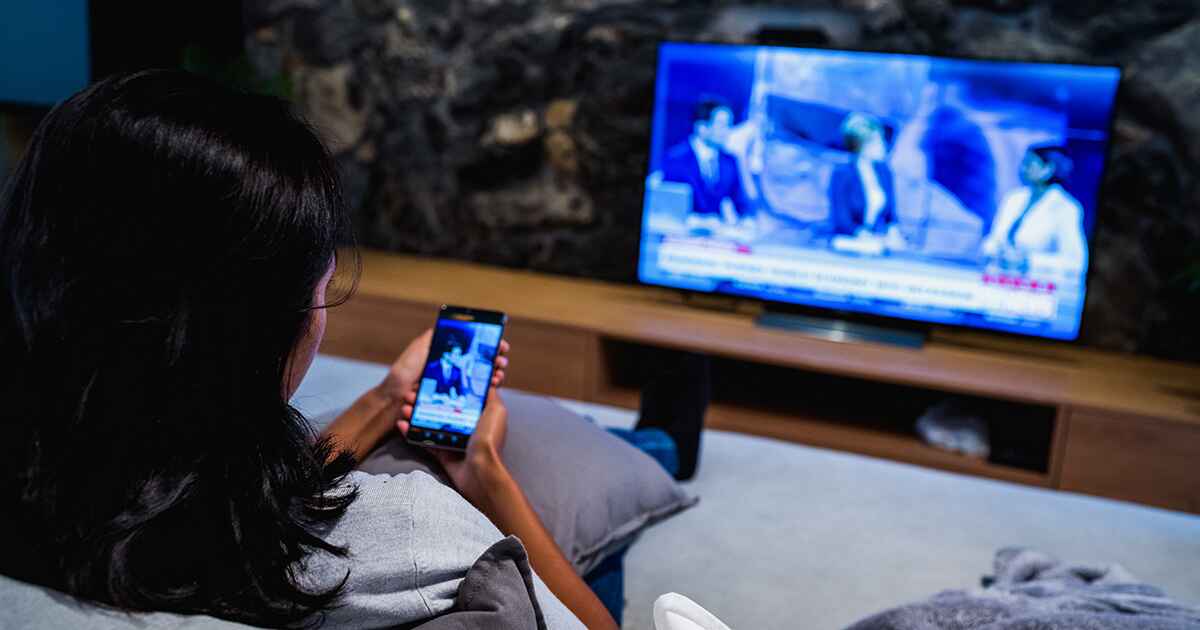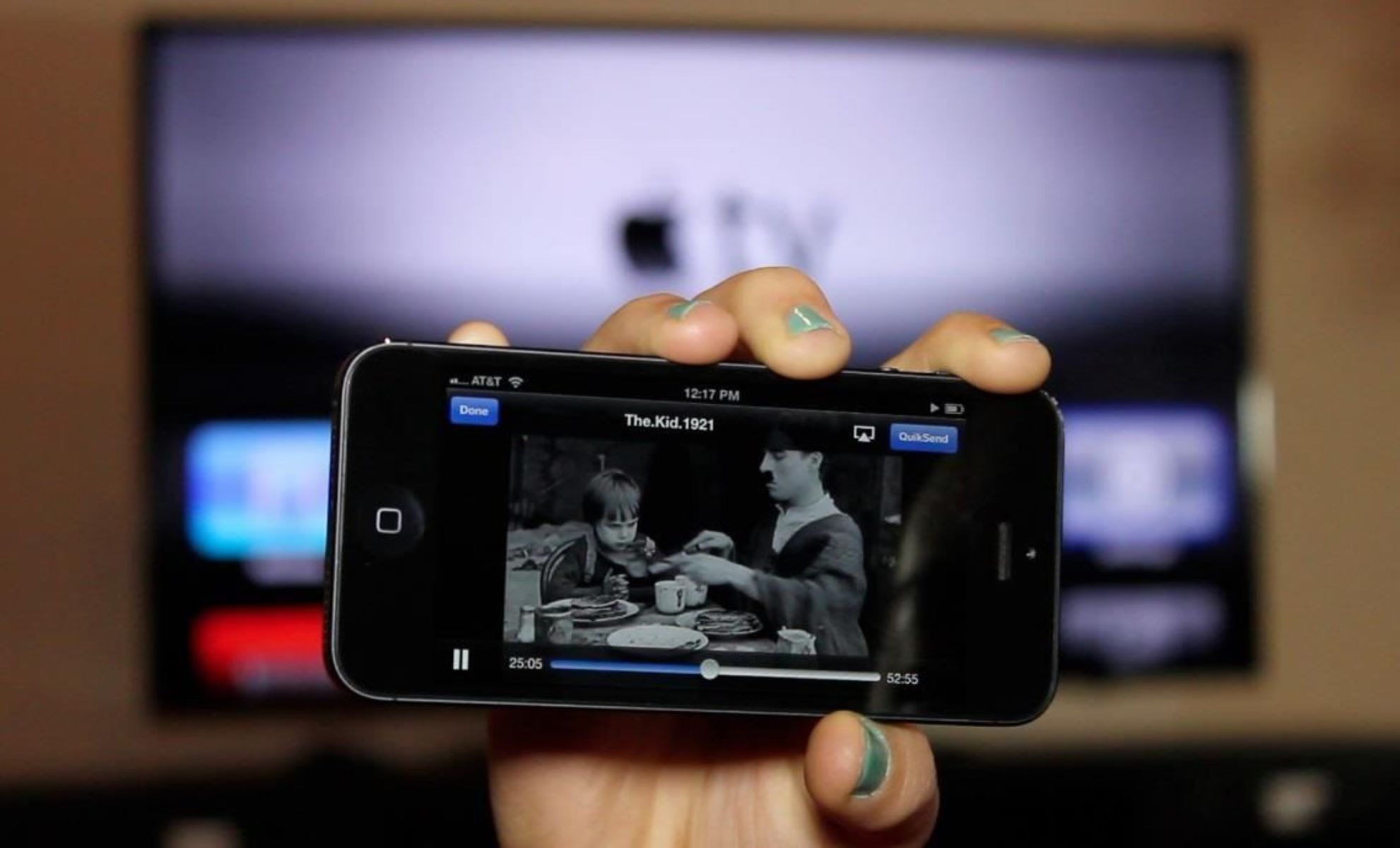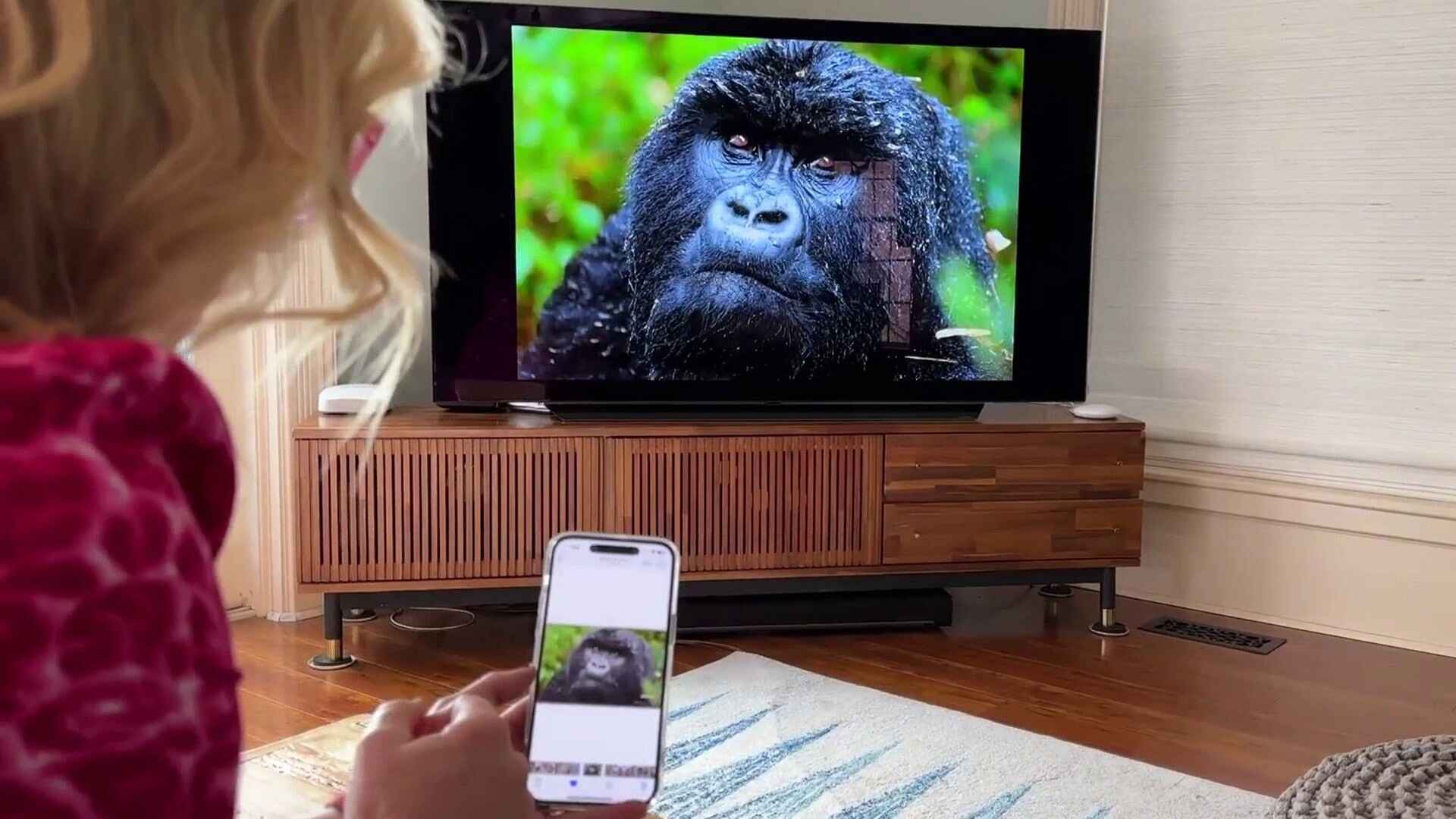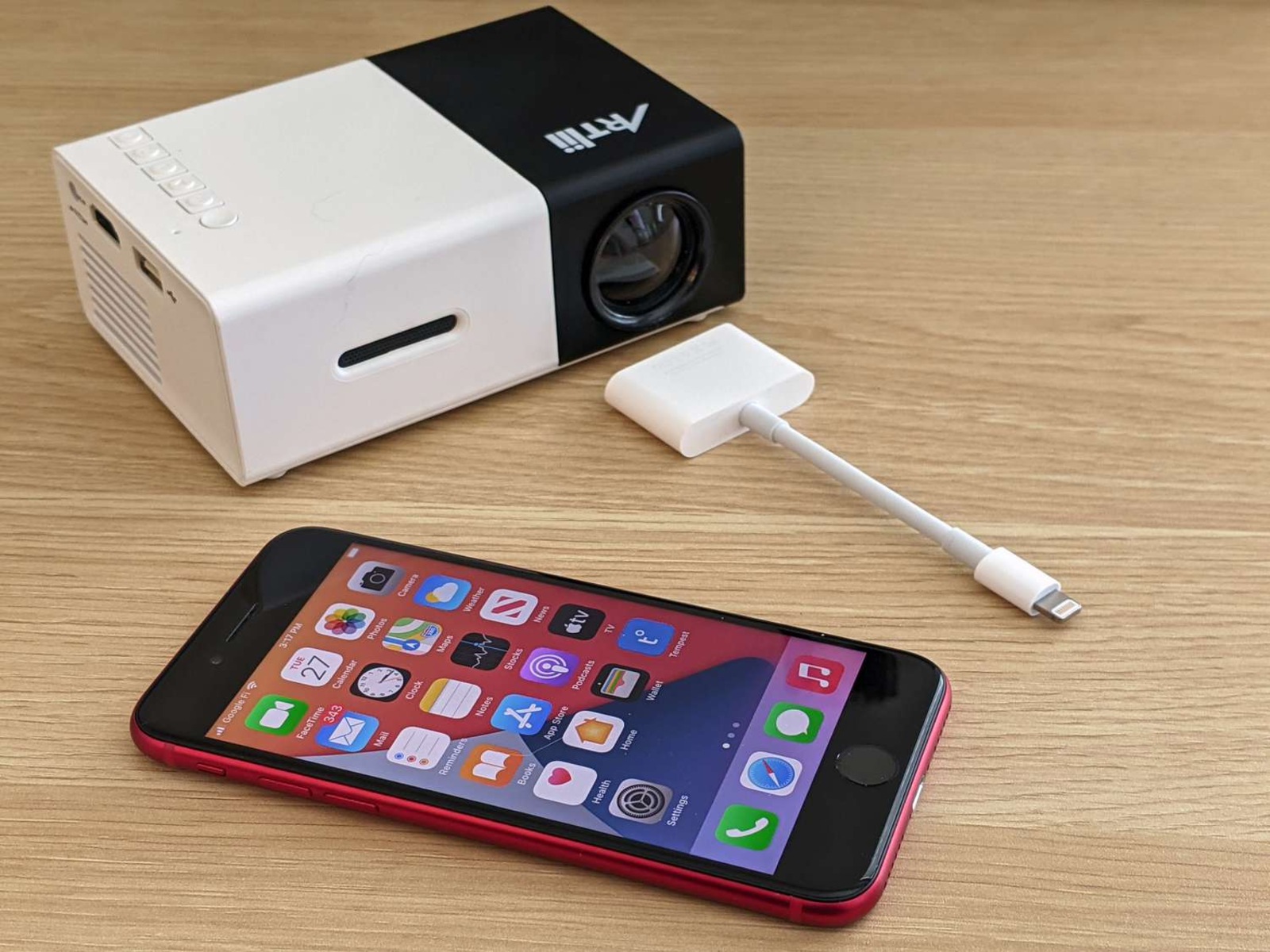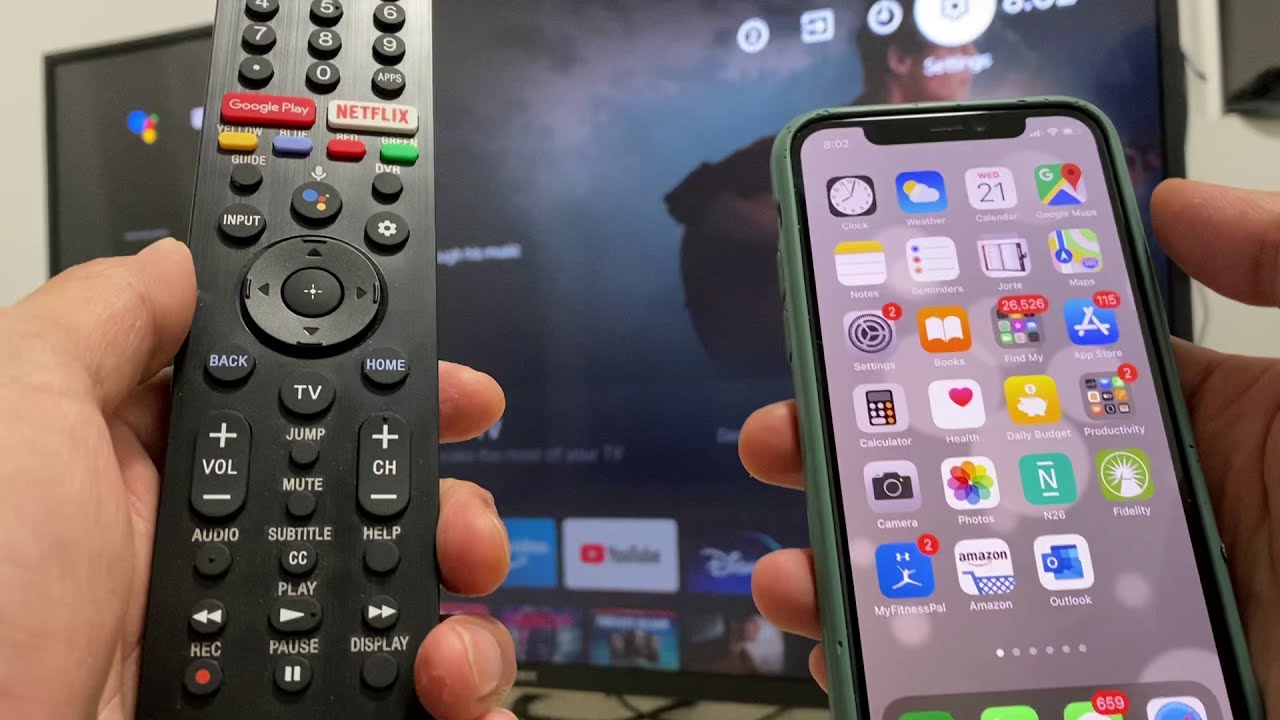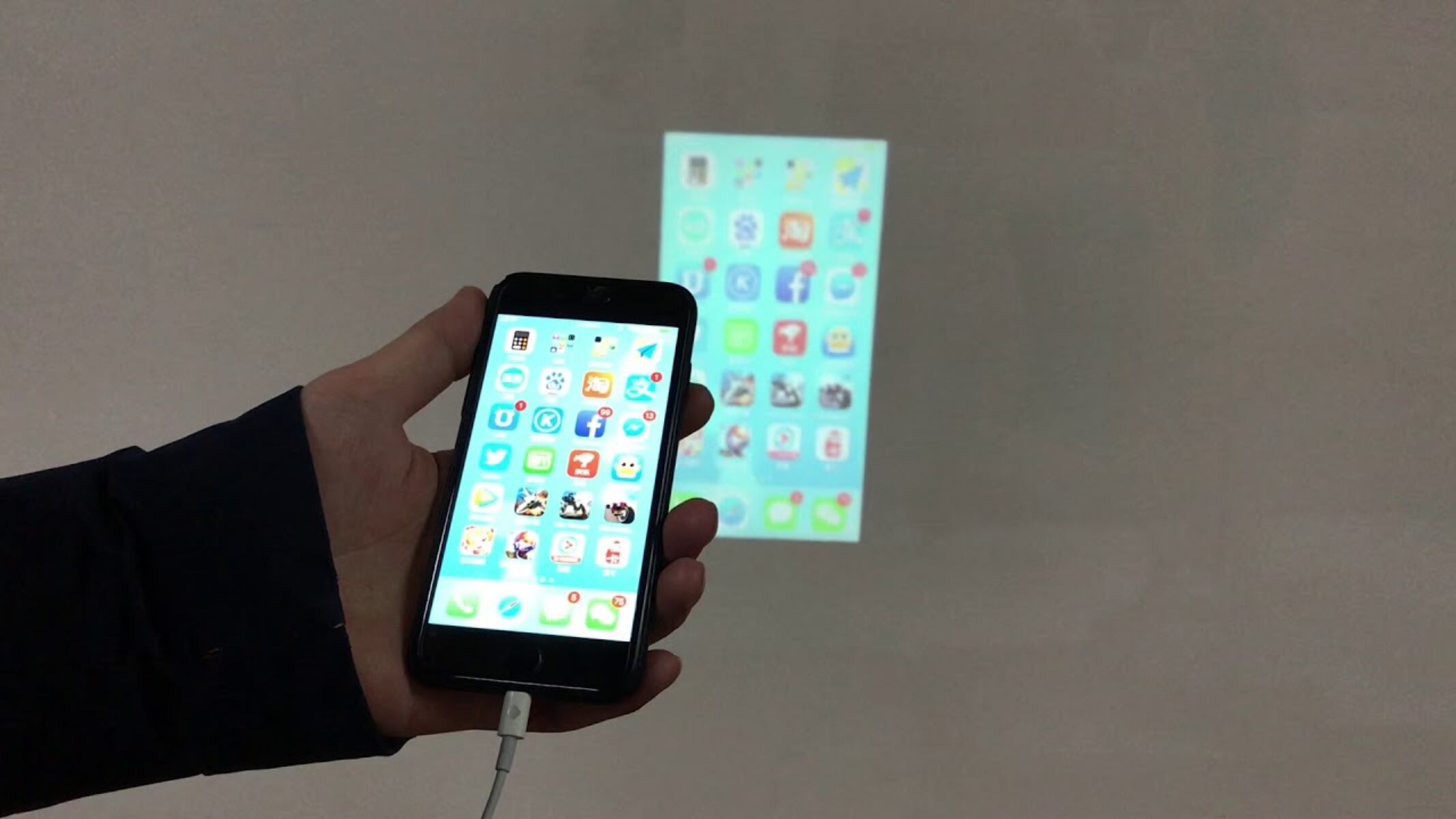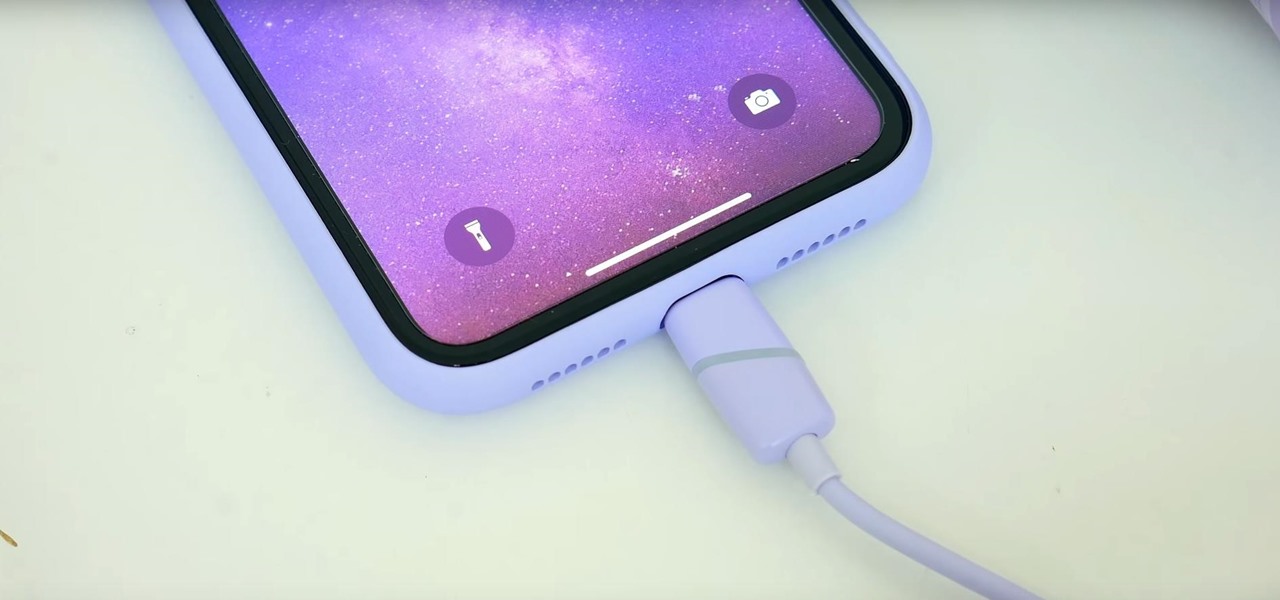Introduction
Connecting your iPhone to your TV can open up a whole new world of entertainment and convenience. Whether you want to stream videos, showcase photos, or play mobile games on a larger screen, the ability to connect your iPhone to your TV through an HDMI (High-Definition Multimedia Interface) provides a seamless and enjoyable experience. In this article, we will explore different methods to connect your iPhone to your TV using an HDMI adapter or Apple TV.
Gone are the days when we were limited to watching content on our small iPhone screens. With the advancement of technology, we can now enjoy our favorite movies, TV shows, and videos on a larger display with superior sound quality. Not only that, but you can also share your vacation photos with family and friends or even make presentations right from your iPhone on a big screen.
To connect your iPhone to your TV, you will need some additional equipment depending on the method you choose. The most common methods involve using an HDMI adapter or Apple TV. The HDMI adapter allows you to connect your iPhone directly to the TV via an HDMI cable, while Apple TV offers wireless connectivity and additional features.
In the next sections, we will discuss step-by-step instructions on how to connect your iPhone to your TV using these methods. We will also provide troubleshooting tips for common issues that you may encounter along the way. So, let’s dive in and explore the multiple ways to connect your iPhone to your TV for an enhanced multimedia experience.
Required Equipment
Before you can connect your iPhone to your TV, it’s essential to gather the necessary equipment. The specific equipment you will need may vary depending on the method you choose. Here are the two main methods and the equipment required for each:
-
HDMI Adapter Method:
To connect your iPhone to your TV using an HDMI adapter, you will need the following:- An iPhone with a Lightning port (iPhone 5 or later)
- An HDMI adapter compatible with your iPhone’s Lightning port
- An HDMI cable
- A TV with an available HDMI input
-
Apple TV Method:
If you prefer a wireless solution, you can connect your iPhone to your TV using Apple TV. For this method, you will need:- An iPhone with AirPlay compatibility (iPhone 4s or later)
- An Apple TV device
- A Wi-Fi network
- A TV with an available HDMI input
Ensure that you have all the required equipment ready before proceeding. It’s important to note that the HDMI adapter method may require additional cables or adapters depending on your specific iPhone model and TV setup. Make sure to check the compatibility of your devices and purchase any necessary accessories to make the connection process smooth and hassle-free.
Now that you have all the necessary equipment, we can move on to the next sections and explore the step-by-step instructions for connecting your iPhone to your TV using the HDMI adapter or Apple TV methods.
Connecting iPhone to TV using HDMI adapter
Connecting your iPhone to your TV using an HDMI adapter is a straightforward and reliable method. Here’s a step-by-step guide on how to do it:
- Start by ensuring that your TV is turned off.
- Connect one end of the HDMI cable to the HDMI adapter compatible with your iPhone’s Lightning port.
- Connect the other end of the HDMI cable to an available HDMI input on your TV.
- Plug the HDMI adapter into the Lightning port on your iPhone.
- Turn on your TV and set it to the correct HDMI input.
- On your iPhone, navigate to the “Settings” app.
- Select “Display & Brightness” and then tap on “Screen Mirroring.”
- Your iPhone will now scan for available devices. Choose your TV from the list.
- Once connected, your iPhone screen will be mirrored on your TV. You can now enjoy apps, videos, photos, and more.
It’s important to note that not all apps support screen mirroring. Some streaming apps may have restrictions in place, preventing them from being displayed on an external screen. However, many popular apps, including Netflix and YouTube, do support screen mirroring, allowing you to enjoy your favorite content on the big screen.
In addition to screen mirroring, some HDMI adapters also support charging your iPhone simultaneously. This can be useful if you’re planning to stream for an extended period or if your iPhone’s battery is running low.
Now that you have successfully connected your iPhone to your TV using an HDMI adapter, you can sit back, relax, and enjoy your favorite content on a larger screen.
Connecting iPhone to TV using Apple TV
If you prefer a wireless solution to connect your iPhone to your TV, Apple TV is an excellent option. Here’s a step-by-step guide on how to connect your iPhone to your TV using Apple TV:
- Ensure that both your iPhone and Apple TV are connected to the same Wi-Fi network.
- On your iPhone, swipe up from the bottom of the screen to access the Control Center.
- In the Control Center, tap on the “Screen Mirroring” icon.
- A list of available devices will appear. Select your Apple TV from the list.
- Enter the AirPlay code that appears on your TV if prompted.
- Your iPhone screen will now be mirrored on your TV. You can navigate through apps, play videos, and more.
Apple TV offers additional advantages over the HDMI adapter method. For example, you can enjoy wireless streaming without the need for cables. Additionally, Apple TV supports a wide range of apps and services, allowing you to access popular streaming platforms directly from your TV.
With Apple TV, you can also take advantage of features like AirPlay, which enables you to stream content from your iPhone, iPad, or Mac to your TV effortlessly. This means you can not only mirror your iPhone screen but also stream videos, play music, or display photos directly from your Apple devices.
Furthermore, Apple TV provides a user-friendly interface and a dedicated App Store, allowing you to explore and download a variety of entertainment apps, games, and even productivity tools to enhance your TV viewing experience.
By following these simple steps, you can easily connect your iPhone to your TV using Apple TV and enjoy a wireless and seamless streaming experience.
Troubleshooting Common Issues
While connecting your iPhone to your TV using an HDMI adapter or Apple TV is usually a smooth process, you may encounter some common issues along the way. Here are a few troubleshooting tips to help you resolve any problems you may face:
No Signal: If your TV displays a “No Signal” message after connecting your iPhone using an HDMI adapter, double-check that all cables are securely connected. Ensure that you have selected the correct HDMI input on your TV. Restarting both your iPhone and TV can also help resolve this issue.
Audio Not Working: If you have successfully connected your iPhone to your TV but there is no audio, verify that the volume on your iPhone is not muted and that the TV volume is turned up. You can also try disconnecting and reconnecting the HDMI cable or restarting your devices.
Lag or Delay: If you experience a lag or delay between your iPhone screen and the mirrored display on your TV, it could be due to a weak Wi-Fi connection. Ensure that your iPhone and Apple TV are connected to a strong and stable Wi-Fi network. You can try moving closer to the Wi-Fi router or resetting your network settings on your iPhone if necessary.
App Compatibility: Some apps may not support screen mirroring or AirPlay. If you are unable to see certain apps on your TV or encounter issues with streaming content, check if the app you are using supports the desired method of connection. Also, ensure that both your iPhone and the app are updated to the latest version.
Unsupported Accessories: If you are using an HDMI adapter, make sure it is compatible with your iPhone model. Using third-party or unsupported accessories may cause compatibility issues and hamper the connection process. Always opt for reputable brands and authorized accessories for a seamless experience.
If you are still experiencing issues after trying these troubleshooting tips, consult the user manual or support documentation for your specific devices. Additionally, contacting the manufacturer’s customer support can provide you with further assistance in resolving any technical difficulties.
With these troubleshooting tips in mind, you can overcome common issues and fully enjoy the benefits of connecting your iPhone to your TV.
Conclusion
Connecting your iPhone to your TV opens up a world of possibilities for enjoying multimedia content on a larger screen. Whether you choose to use an HDMI adapter or Apple TV, both methods provide seamless connectivity and enhance your viewing experience.
By following the step-by-step instructions outlined in this article, you can easily connect your iPhone to your TV and enjoy your favorite videos, photos, and apps with family and friends. Whether you prefer the simplicity of a wired connection or the convenience of wireless streaming, both options offer their own benefits.
The HDMI adapter method allows for a direct and reliable connection, while Apple TV provides the flexibility of wireless streaming and additional features like AirPlay. Consider your preferences, budget, and specific needs to choose the method that suits you best.
Remember to gather all the required equipment before starting the connection process. Troubleshoot any common issues that may arise during the setup, and ensure compatibility between your devices and accessories to ensure a smooth experience.
Now that you have learned how to connect your iPhone to your TV, it’s time to sit back, relax, and enjoy your favorite content on the big screen. Whether it is streaming movies, showcasing photos, or playing games, the possibilities are endless. So grab some popcorn, gather your loved ones, and let the entertainment begin!







